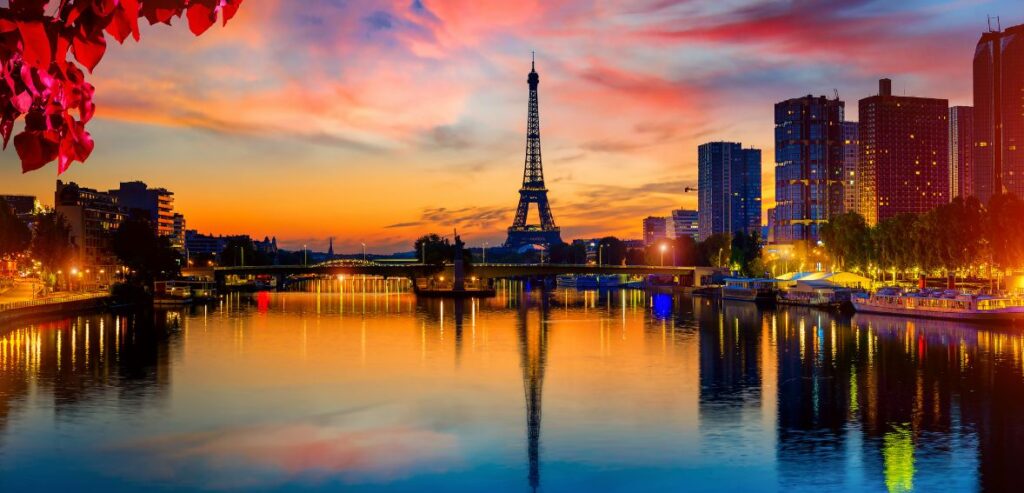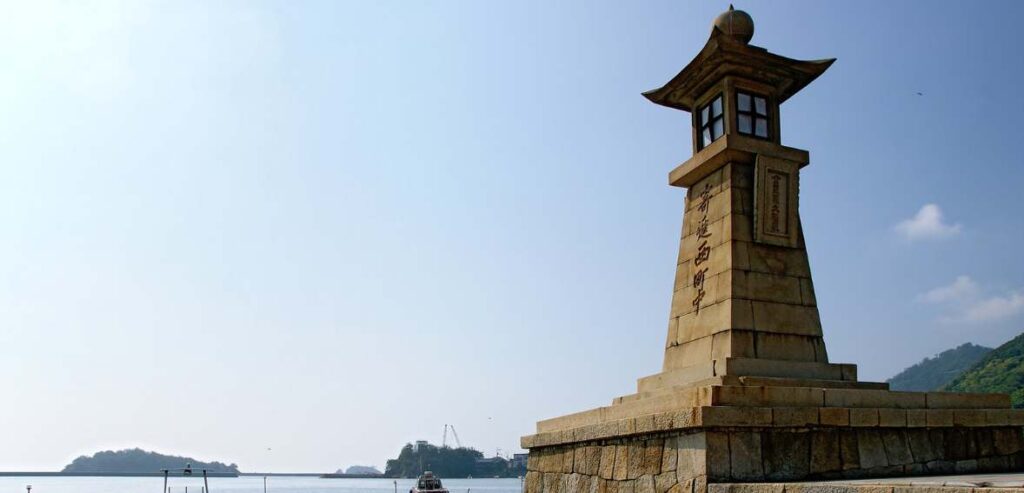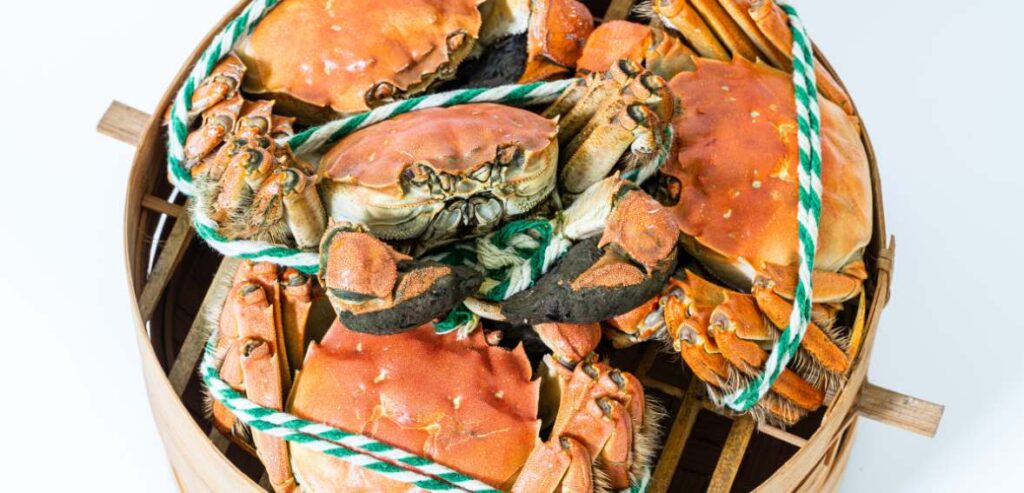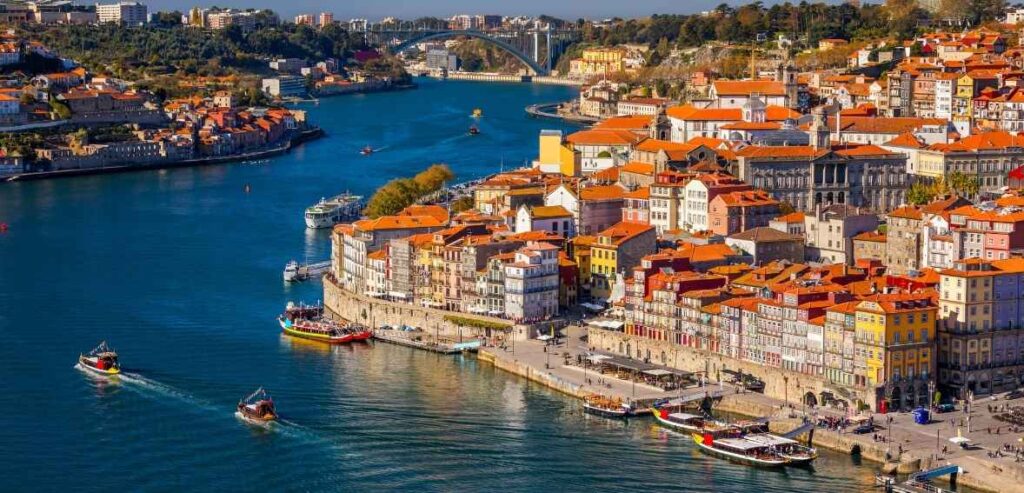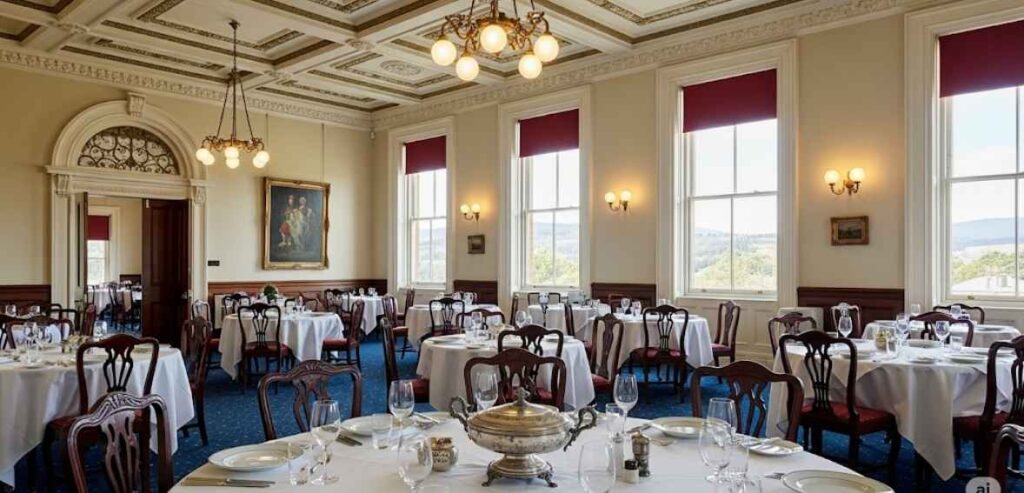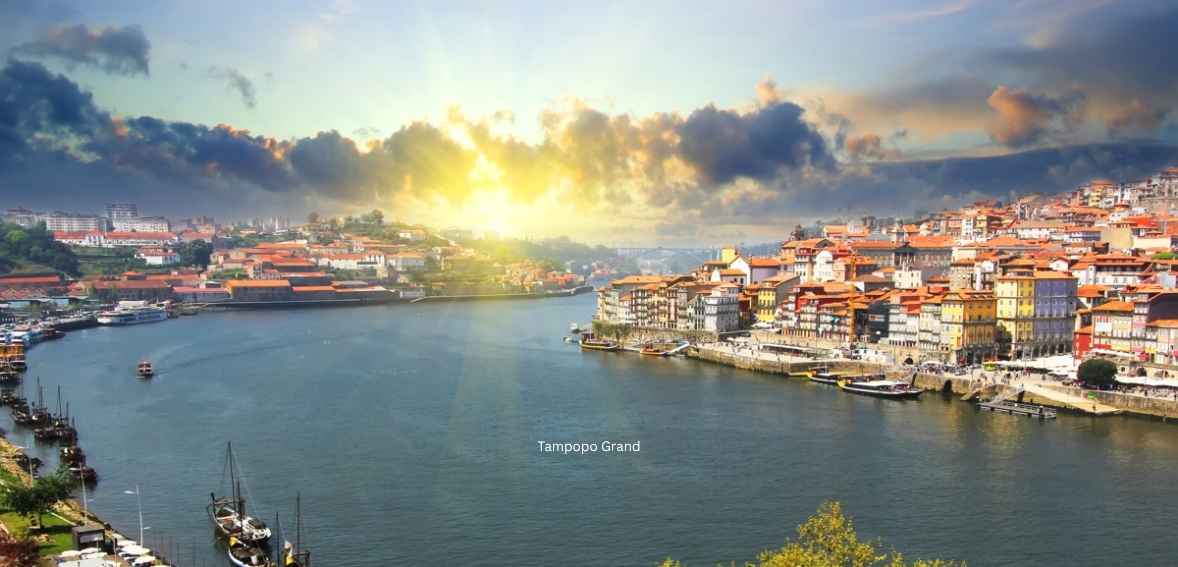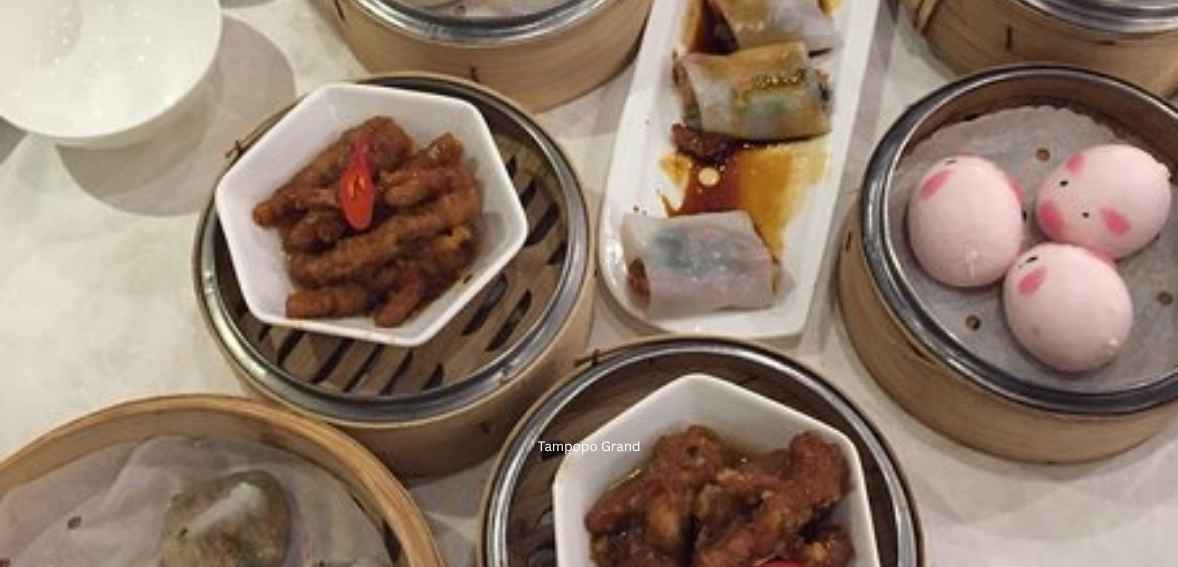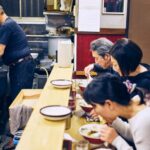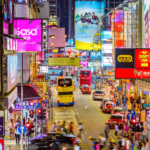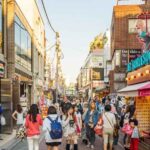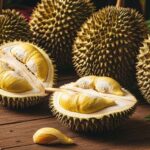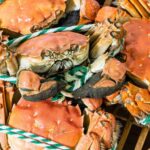Now Reading: Two Summer’s Nights in Beijing, 2016 (II) – Wangfujing & Ghost Street
-
01
Two Summer’s Nights in Beijing, 2016 (II) – Wangfujing & Ghost Street
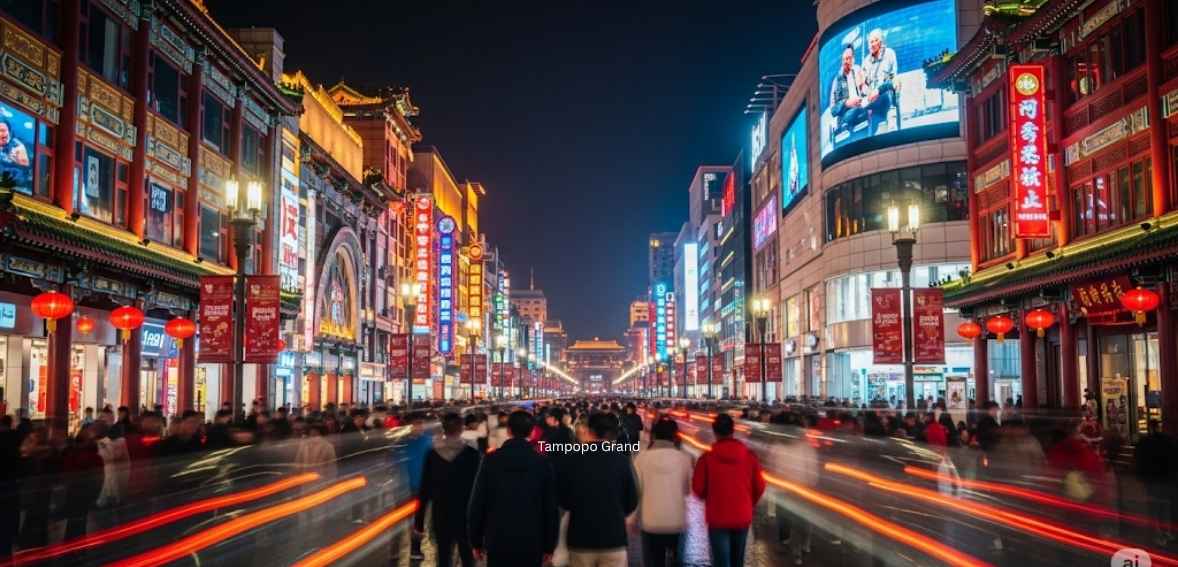
Two Summer’s Nights in Beijing, 2016 (II) – Wangfujing & Ghost Street
Wangfujing & Ghost Street
Shopping @ Wangfujing
As mentioned in my previous post, I stayed at Grand Hyatt Beijing for the Peking Duck at the hotel’s Chinese restaurant and shopping at Wangfujing. Wangfujing is a pedestrian shopping street in Beijing. It was as usual full of shoppers when I took a walk there during this trip.
On the right side of the entrance to the pedestrian walking street, is Wangfujing Bookstore. Wangfujing Bookstore is a huge traditional bookstore in Beijing spanning several floors. It was already here when I first visited Beijing more than 10 years also. From what I see now, it has somewhat been updated. I come here for its wide variety of children books which come with hanyu pinyin. Yes, my kids need that. . It also has a large extend of China contemporary novels. Yes, I read Chinese novels ☺☺. The Chinese books are so much cheaper than in Singapore and they have a wide range too.
Wangfujing Bookstore @ the entrance of Wangfujing Pedestrian Shopping Street
Another common sight on Wangfujing 王府井 is candied fruits 冰糖葫芦. These fresh sticks of candied fruits are sold at many stalls along Wangfujing and they taste much better than the preserved ones. Less sweet and hard. Each stick cost better RMB10-12. I couldn’t resist one. 
Candies fruits stall along Wangfujing Pedestrain Shopping Street
B
esides the candied fruits, there are also many shops selling vacuum packed Peking roast duck which you can buy home. The famous restaurant, Quanjude 全聚德, which sells the famous roast duck, also has a shop here selling their vacuum packed roast ducks. The price of the roast duck varies from RMB100-RMB200 depending on size of the duck and whether it include the sauce and pancake. I did not get any because DH had previously got one but it didn’t taste like the one we eat in Beijing. Maybe we just don’t know how to heat it up properly. I have eaten at Quanjude, It is good, but I still think the Peking Duck at Made in China at the Grand Hyatt is better and not much more expensive.
Quanjude store selling vacuum packed roast Peking ducks
Wangfujing also has a side lane of food stalls which sells local street food. However, be prepared to brave the crowd there. I did not bother as I was going to have my Peking Duck at the Grand Hyatt on one night, and going to Ghost street for dinner on my second night.
Dinner @ Ghost Street
Tucked behind Dongzhimen Gate, Guijie Street or Ghost Street, stretches from Dongzhimen Overpass in the east to East Jiaodaokou Street in the west. More than 150 storefronts are scattered along this street, 90% of which are restaurants, making it one of the most prosperous food streets in Beijing, and often leading the food trend of the city.
Why is this place called Ghost Street? It seems that during the Qing Dynasty, vendors selling groceries, vegetables, and fruits around Dongzhimen Gate often started trading at midnight and ended by early dawn. The dim light emitted by their oil lamps looked very ghostly in the darkness. Therefore, this place was called “Ghost Street” (鬼街 Guijie) by locals. In the late 1980s, lots of restaurants opened here, gradually turning the street from a trading market to a food street. Later on, with the purpose of weakening the mysterious ghost overtones and enhancing food culture of the street, the Commerce Commission decided to change the name to Guijie Street (簋街, which is pronounced the same as Ghost Street in Chinese). Instead of the character Gui (鬼), which refers to ghost or evil spirits, the character Gui (簋) means a bronze vessel with a round mouth and two or four handles, mostly used to contain food in ancient times. Therefore, the modified name is more related to food.
Today, Ghost Street is booming more than ever and takes on a new appearance. Decorated with red lanterns on both sides, it is ablaze with lights in the evening. When night falls, the street throngs with people sitting around outdoor tables enjoying snacks, while waiting for their tables to be ready..
Ghost Street, a street lined with eateries and restaurants in Beijing
A popular restaurant chain in Ghost Street is Hu Da 湖大 which is known for its Szechuan mala dishes including mini lobsters. It has, I think, 3 outlets in Ghost Street, but the queues for all outlets are extremely long during meal times. When we went around 7pm,each queue had at least 100 people in front of us. So we decided to go to another restaurant which serves similar dishes, Gui Jie Zai Zai 簋街仔仔。
This is the second time I am eating at Zai Zai. The must have dish here is the mini crayfish done Szechuan mala style. You choose the number of crayfish you want and the size (RMB4 or RMB10 per crayfish). We went for 20 pieces of the RMB10 crayfish.
Sichuan style mini crayfish and more for dinner @ Zai Zai, Ghost Street, Beijing
Besides the mini crayfish dish, we ordered some mutton and cuttlefish skewers, grilled mala cauliflower, mala frogs and mala duck tongue. Yes, hahaha….these dishes are not for everyone. But they are good and definitely worth a try. They do these dishes much better in China than what you can find in Singapore. They are especially good for a winter night, which was when I first visited. Although this time it was a hot summer night in August, I enjoyed my meal too. Dinner for 3 of us cost RMB523.
Every evening around 9 pm or so, there is live entertainment at Zai Zai. The 2 guys sang pretty well, and you can make song requests. But do give them a time if you do so. So it is also a good place to linger after a meal and have some after dinner drinks with friends.
Live Entertainment @ Zai Zai, Ghost Street
Next up: One Summer’s Night in Qingdao (I) – Qingdao Shangri La


